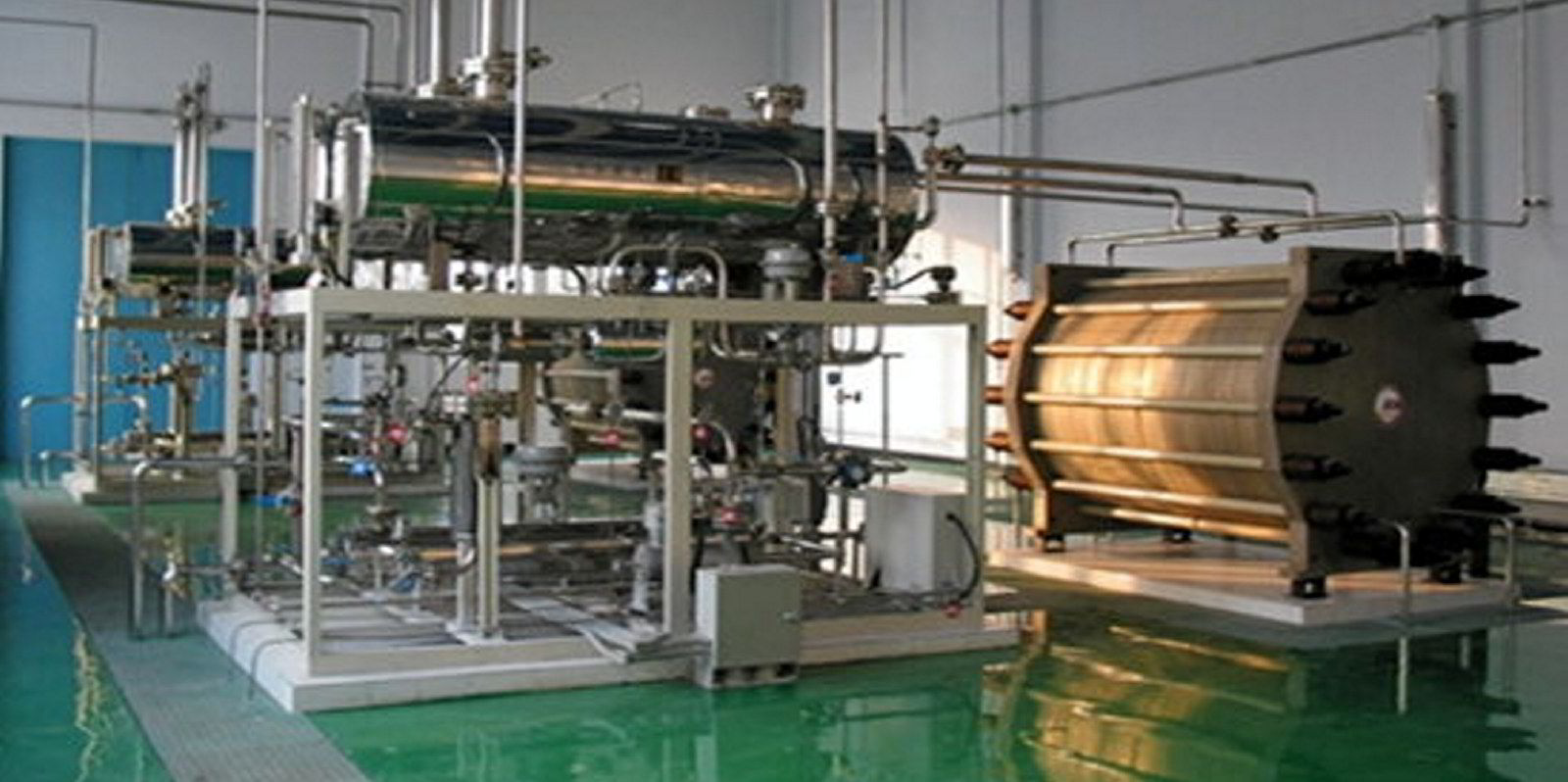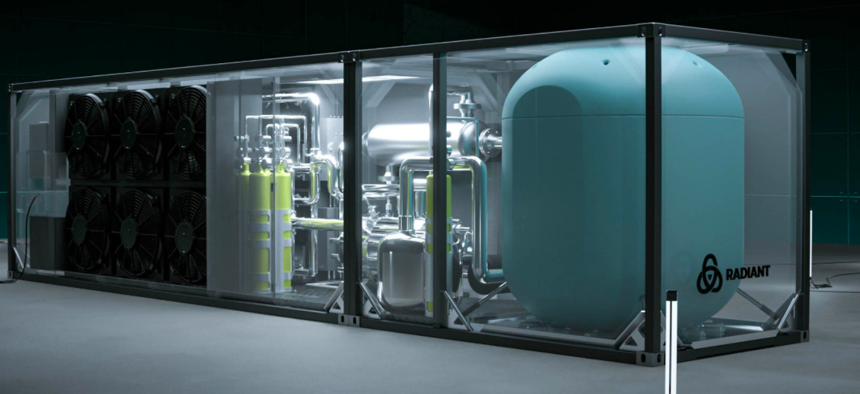When will humans harness all Earth's available energy? In about 300 years, according to a new study.
By Becky Ferreira
21.4.22
Over the course of thousands of years, humans have harnessed increasingly bigger energy yields, starting with ancient campfires and domesticated animals and progressing to modern sources, such as fossil fuels, nuclear power, and renewables such as wind, hydro, and solar.
That said, we are still a long way from producing the amount of energy that Earth naturally receives from the Sun, a feat that would officially distinguish us as a Type I civilization, according to the Kardashev scale, a metric that ranks the advancement of a civilization based on its power-generating capabilities.
Now, a team led by Jonathan Jiang, a scientist at NASA’s Jet Propulsion Laboratory, has produced a new estimate for when humans might attain this Type I status: the year 2371, or thereafter. The researchers reached this conclusion by analyzing “the consumption and energy supply of the three most important energy sources”—fossil fuels, nuclear energy, and renewable energy—while factoring in our likelihood of wiping ourselves out with these power sources, a concept known as the Great Filter, according to a study published on the preprint server arXiv.
Named after its inventor, the Russian astronomer Nikolai Kardashev, the Kardashev scale starts with the planetary level category, Type I, then imagines a Type II civilization that could access all the energy of its star, before concluding with a Type III civilization that could tap into the power of an entire galaxy. Jiang and his colleagues also invoke the “K formula,” developed by the American astronomer Carl Sagan, which expresses the Kardashev scale as gradient, rather than as three distinct stages.
“In its early formulation, the Kardashev Type I civilization was based on the overall consumption of energy of a given civilization,” said Jiang in an email. “However, it should also encompass that civilization’s stewardship of their home world.”
“Therefore in this study, when we analyze the consumption and energy supply of the three most important energy sources (fossil fuels, nuclear energy and renewable energy) based on Carl Sagan’s K formula, we are inspired to also consider environmental limitations suggested by United Nations Framework Convention on Climate Change and the International Energy Agency,” he added.
Humans are likely to be thousands of years away from becoming Type II or Type III civilizations, assuming such enormous energy yields are even attainable at all. Though we are already an impressive 73 percent of the way toward cinching Type I status, that progress has come at an unsustainable price. Fossil fuels primarily power the world, but they are also causing rapid climate change, a trend that is amplifying deadly phenomena such as natural disasters and pollution, all of which threatens to leave us on the wrong end of the Great Filter.
“Development is an eternal theme for human society. But in the process of development, we can't just develop for the sake of development,” said Fuyang Feng, an astronomer at Beijing Normal University who co-authored the study, in an email. “More importantly, we can understand some truths in the process of development, so that we can reflect on past history, what shortcomings we have made, and it can give us more inspiration for our future development. Only in this way can we develop sustainably and have the ability and possibility to understand the nature of the world better.”
Feng added that if humans fail to find the right balance between our major energy sources, then our “biggest problem is not how many years we will take in reaching Type I civilization, but whether we will survive until we reach Type I civilization and succeed in avoiding the Big Filter.”
For this reason, the new study assumes that humans must rapidly abandon our consumption of fossil fuels within the next three decades just to survive, let alone become a Type I civilization. Beyond that horizon, alternate energy sources—such as nuclear, solar, hydro, and wind power—must swiftly increase their yields to meet, and ultimately exceed, the power demands of global society. That said, the study also isolates nuclear power as another form of energy that could place humanity at risk if its hazardous byproducts are not properly handled.
“Another major and inevitable concern with the increasing development of nuclear energy are the dangers to all life on Earth posed by such a powerful resource, while trying to successfully avoid the Great Filter,” the team said. “Thus, in concert with significantly increasing the growth rate of nuclear energy generation,” they added, we must adopt “improved technology for even more secure disposal radioactive wastes, all while transitioning to cleaner forms of energy.”
Jiang and his colleagues cite another similar study that estimated when humans might reach Type I status, which came up with the year 2347 as a possible tipping point. But the new study is slightly more conservative in its estimation of the growth rate of clean technologies, as it factors in the role of policy changes involving energy use and other complex factors, resulting in a date a few decades later.
Taken together, the research suggests that if humans are able to switch to renewables within the next few decades, we might expect to earn our Type I stripes sometime in the 24th century. Working toward this goal is not just some aspirational futurist goal, it may be essential to ensuring our species evades extinction, according to co-author Philip Rosen, a retired energy expert.
“Stagnation, or worse, backsliding into decline are simply not options for the long-term survival of humanity,” Rosen said in an email. “While continued technological development, and the associated increasing energy demand, certainly poses risks, those genies cannot be stuffed back into their bottles.”
While the researchers acknowledge the difficulties of making predictions about an outcome riddled with so many inherent uncertainties, they suggest that the exercise has value as a means to consider the awesome responsibility of humans to safeguard our planet and all its inhabitants.
“The key difference that separates humanity from other species on this Earth is that we have the power to imagine the future!” said Prithwis Das, a student at Vivekananda Mission High School in India and a co-author of the study, in an email. “We are the race of explorers and we are here to rewrite history every-time we make a breakthrough finding.”
“Reaching the Type 1 civilization and beyond will not only make us the next generation of human race but also will successfully help us keep aside the question concerned with the very existence of mankind,” concluded Das. “And for us to upgrade ourselves, analysis of energy consumption/supply of the three major energy sources is a critical step since we cannot progress a single step without harnessing energy. This was the motivation for our team to conduct this study."















